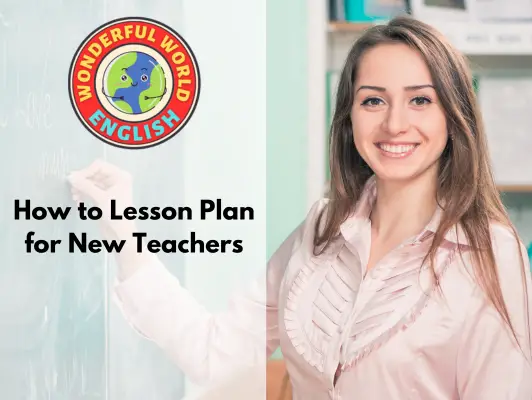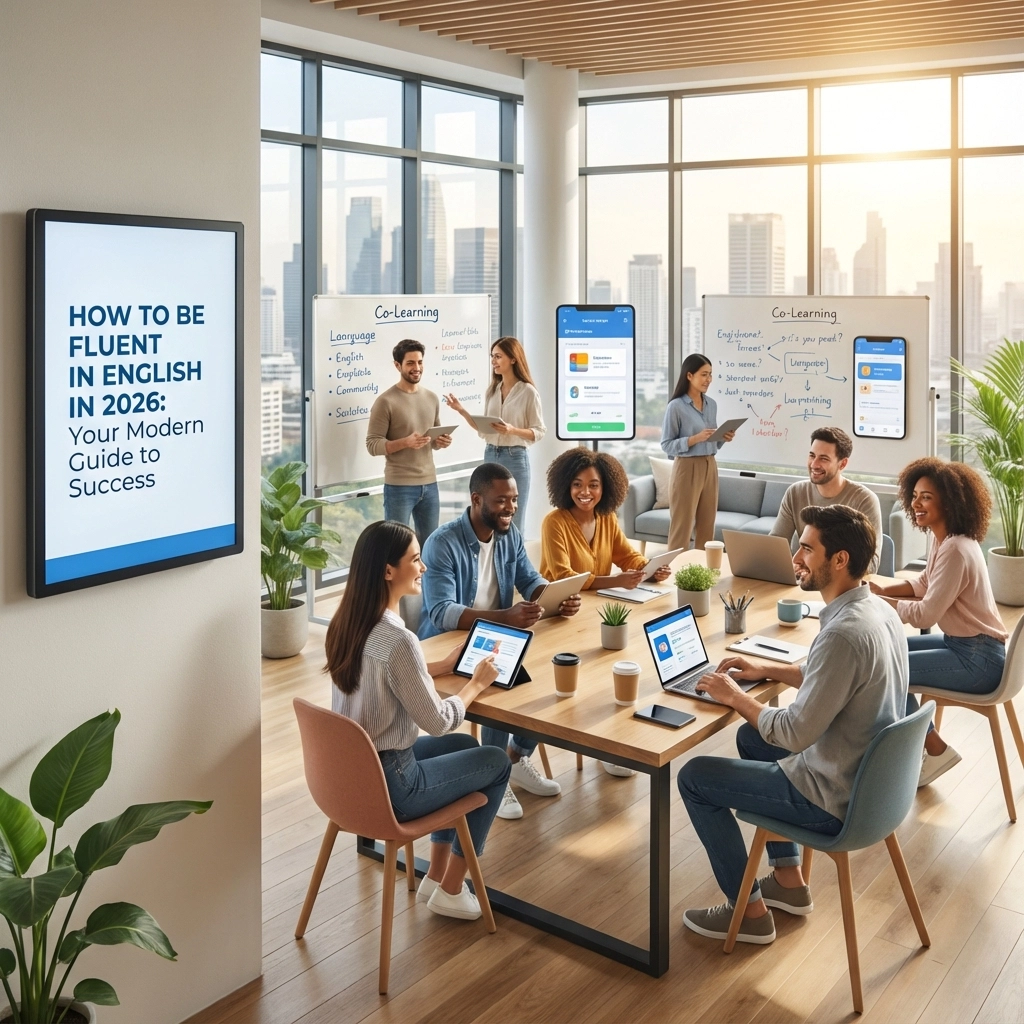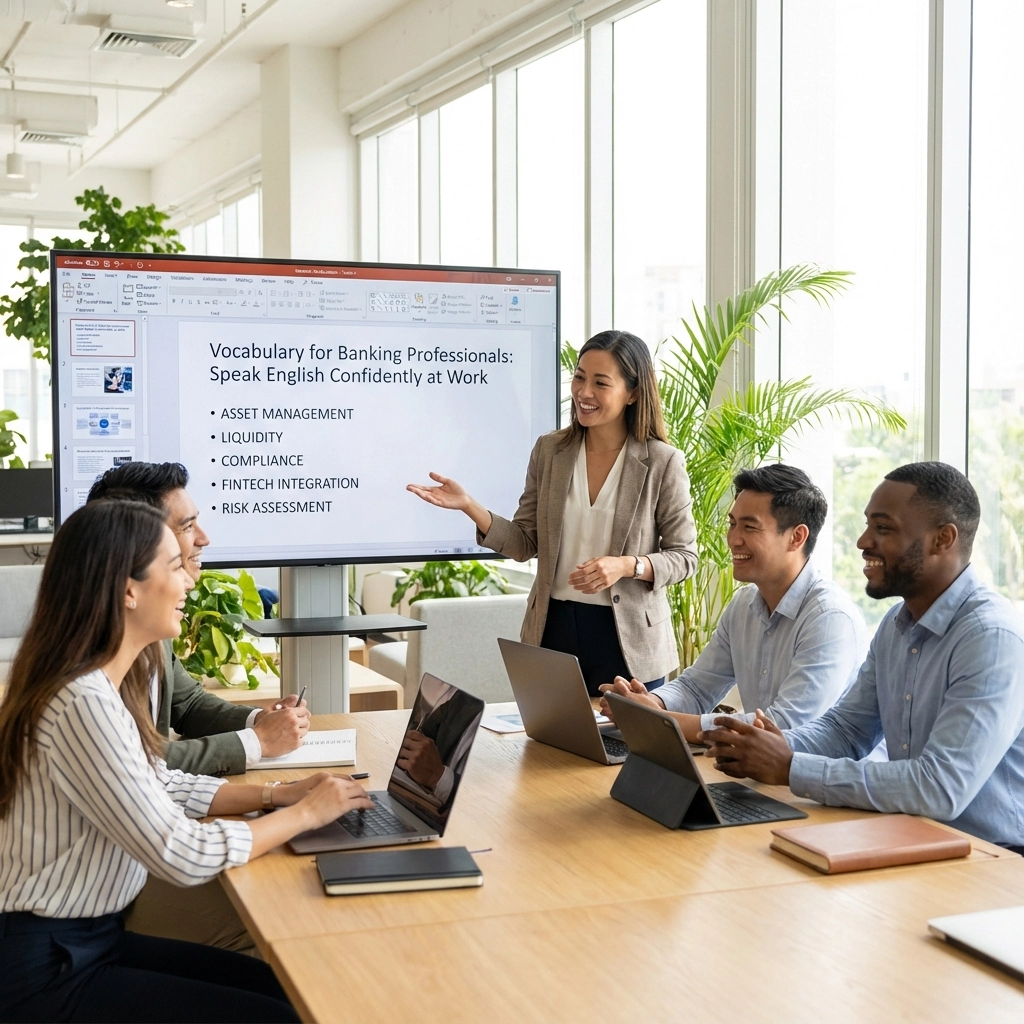Contents
Toggle
Meet David De’ Ath, founder, editor, and writer at Wonderful World English. With his extensive background as an English teacher, David provides valuable insights and practical tips on ESL for students and teachers alike.
Crafting lesson plans as a new teacher can present a unique set of challenges and opportunities.
A well-structured lesson plan serves as a roadmap for effective teaching and ensures that the learning objectives are met within the desired time frame.
It plays a crucial role in organizing content, materials, and methods, facilitating a smooth educational experience for both teachers and students.
As a new educator, developing these plans requires a thoughtful approach to curriculum design and delivery, taking into consideration diverse student needs and the complexities of classroom dynamics.
Beyond the foundational structure of lesson planning, new teachers must also master classroom management and readiness.
Learning to create an environment conducive to education is just as important as the subject matter itself.
This includes establishing clear expectations, maintaining an organized space, integrating teaching resources efficiently, and being prepared to adapt as situations within the classroom evolve.
Consequently, not just what is taught but how it’s executed contributes to a teacher’s success.
Key Takeaways
- Effective lesson plans are essential for guiding new teachers in delivering structured and goal-oriented instruction.
- Classroom management and readiness are key components for facilitating a positive learning environment.
- Access to and the use of appropriate teaching materials and regular assessment help to reinforce learning objectives and track progress.
Designing Effective Lesson Plans
Creating effective lesson plans is crucial for the success of both teachers and students.
This process involves applying educational frameworks, defining clear learning objectives, and catering to the needs of diverse learners to foster a comprehensive and engaging learning environment.
Understanding by Design Framework
The Understanding by Design framework starts with the end in mind.
Educators begin by identifying desired results and then work backward to develop the lesson.
This backwards planning technique ensures that the instructional methods and assessments are aligned with the final learning goals.
- Key Components:
- Identify desired results (end goals).
- Determine acceptable evidence (assessments).
- Plan learning experiences and instruction.
Setting Clear Objectives
Clear objectives are the cornerstone of effective lesson planning.
Each lesson should have specific, measurable, achievable, relevant, and time-bound (SMART) objectives that align with curriculum standards.
Learning objectives provide a road map for what students should know and be able to do after the lesson.
- SMART Objectives:
- Specific: Define what students will learn.
- Measurable: How will learning be assessed?
- Achievable: Can students realistically attain the objectives?
- Relevant: Do the objectives align with broader educational goals?
- Time-bound: Within what time frame should the objectives be met?
Incorporating Differentiated Instruction
Differentiated instruction is a teaching philosophy that enables educators to meet the varied needs of diverse learners.
It includes adapting content, process, product, and learning environment to support all students’ learning, including those with disabilities and language barriers.
- Adaptation Strategies:
- Modify content according to student readiness.
- Offer different methods for students to explore a concept.
- Use varied assessments to demonstrate student understanding.

Classroom Readiness and Management
Effective classroom readiness and management are critical to fostering a conducive learning environment where students can thrive.
They involve setting the stage for daily interactions, establishing order, and fostering a positive communal atmosphere.
Creating an Engaging Environment
An engaging environment is primed for student success.
It is a space where visuals, interactive elements, and resource accessibility promote active learning.
Teachers can enhance engagement by:
- Decorating with educational posters that are relevant to the subjects being taught.
- Arranging desks to facilitate group work and discussions.
- Integrating technology to diversify the modes of instruction.
Educators can refer to strategies at Resilient Educator for more insights on organizing an engaging classroom.
Establishing Classroom Rules and Expectations
Classroom rules and expectations ensure a safe and orderly environment.
Rules should be clear, concise, and co-created with students to promote ownership. For example:
- Raise your hand to speak.
- Respect others and their belongings.
- Follow instructions promptly.
Consistency in reinforcing and modeling these rules contributes to the establishment of a respectful community.
Information on how to devise effective rules can be found at Edutopia.
A well-structured lesson plan can significantly aid classroom management, an essential aspect of teaching.
To find out more, check out the article below!
Related Article: Why is Classroom Management Important? – Teacher’s Answer
Implementing Classroom Procedures
Well-defined procedures smoothen the operation of the classroom and help manage transitions, disruptions, and special situations like fire drills.
To implement effective classroom procedures, teachers should:
- Practice routines like entering the classroom, turning in homework and transitioning between activities.
- Communicate expectations for less structured times, such as lunch and recess.
- Prepare students for emergency procedures by conducting regular drills and discussing their importance.
Guidance on developing practical classroom procedures is available through ClassPoint.
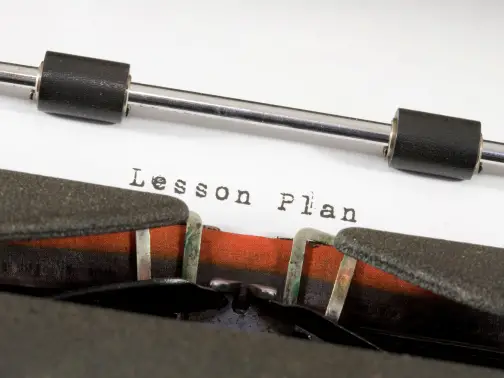
Teaching Materials and Resources
Effective lesson planning and resource management are pivotal in setting a strong foundation for new teachers.
Selecting high-quality materials, incorporating educational technology, and investing in professional advancement ensure a robust teaching strategy.
Selecting Appropriate Materials
New teachers should prioritize materials that align with their educational objectives.
Weekly lesson plans benefit from a mix of textbooks, visual aids, and school supplies that cater to various learning styles.
It’s important to choose resources that stimulate engagement and promote understanding.
For example, when discussing the water cycle, incorporating models and diagrams can enhance the instruction.
- Activities & Practices: Choose interactive and group activities to encourage practice and participation.
- Questions & Assessment: Develop clear and relevant questions to gauge student comprehension throughout lessons.
Utilizing Educational Technology
Incorporating technology into the classroom can significantly enhance the educational experience.
New teachers can use educational technology to provide interactive lessons and collect real-time student feedback.
One might integrate platforms like PBS LearningMedia for a diverse array of multimedia teaching resources.
Additionally, applications that facilitate quizzing and practice can be utilized to make learning more dynamic and engaging.
- Supplies & Integration: Ensure you have the necessary technology supplies, like tablets or laptops, that seamlessly integrate with your teaching platform.
- Visual Aids & Support: Use digital visual aids to illustrate complex concepts for more effective learning outcomes.
Resources for Professional Development
New teachers should continuously seek to improve their teaching skills through professional development.
Reputable resources like TeacherVision and Edutopia offer valuable tips, strategies, and resources for educators at any stage in their careers.
Access to a vibrant teaching channel for guidance and instructional strategies can play a crucial role in their growth as educators.
- Learning Communities & Support: Joining educational forums and attending workshops can provide ongoing support and learning opportunities.
- Self-Care & Growth: Incorporate self-care into professional growth plans to maintain a healthy work-life balance, ensuring long-term success.
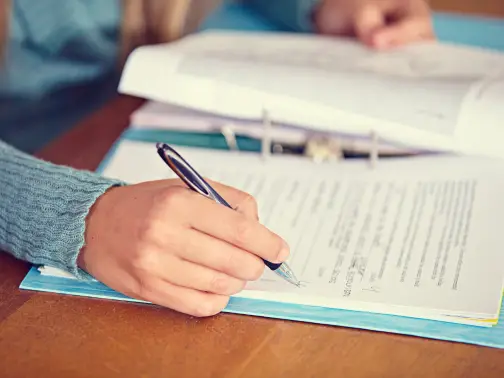
Assessment and Feedback
Effective lesson planning for new teachers involves delivering content, continually evaluating student learning, and providing timely feedback.
This process ensures that teaching methods align with student comprehension and progress.
Conducting Formative Assessments
Formative assessments are essential tools for teachers to gauge students’ understanding throughout the learning process.
These assessments can take various forms, such as quizzes, group work, or individual assignments, and serve as a means to shape instruction and provide immediate feedback.
Teachers can implement techniques from A Primer on Assessment, which explains the benefits of integrating different types of formative evaluations into classroom practice.
Feedback and Grading Strategies
When giving feedback, it’s important to employ clear grading strategies that are consistent and transparent.
Developing a rubric provides students with an understanding of their performance against predefined criteria, thus making grading objective and fair.
For new teachers, resources on providing feedback can offer insights into best practices for delivering feedback that students can use to improve their understanding and skills.
Adapting to Student Responses
Finally, receptive and adaptive teaching involves synthesizing information from assessments to adjust teaching approaches.
Such adaptation could mean revisiting tricky concepts, altering homework assignments, or providing additional challenges to high-achievers.
It is a process well-articulated in the context of using evaluation feedback to improve teaching, which helps teachers meet students where they are and guide them toward academic success.

Conclusion
In conclusion, crafting effective lesson plans as a new teacher is a multifaceted endeavor that extends beyond content delivery to encompass classroom management, resource utilization, and ongoing assessment.
It’s about constructing a well-thought-out roadmap that guides the learning journey, ensuring that educational objectives are met while catering to the diverse needs of students.
The process involves a strategic blend of setting clear objectives, employing differentiated instruction, and creating a conducive learning environment.
By embracing the Understanding by Design framework, leveraging educational technology, and engaging in continuous professional development, new teachers can enhance their instructional strategies and adapt to the dynamic nature of classroom teaching.
Furthermore, through formative assessments and responsive teaching methods, educators can ensure their teaching remains aligned with student needs, fostering a nurturing and productive learning atmosphere.
Ultimately, the journey of lesson planning is evolving, where new teachers grow alongside their students, refining their skills and strategies to foster a rich and impactful educational experience.
We hope you found value in this guide; you can reach out if you require any support.
Have a wonderful day!
Image Attribution: image licensed via canva.com

